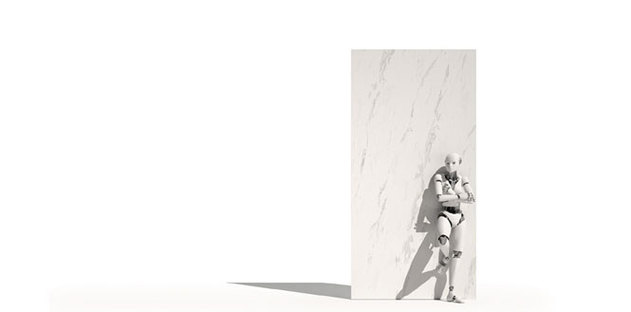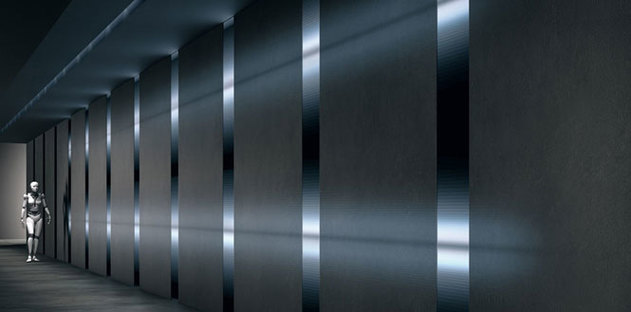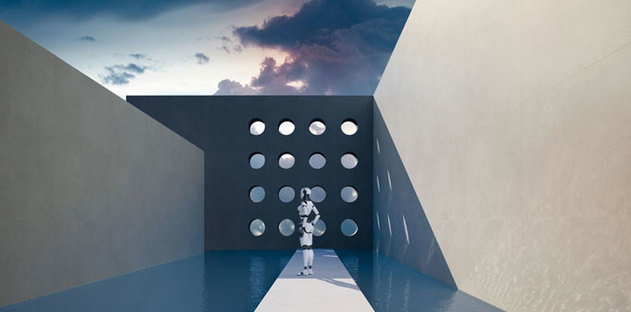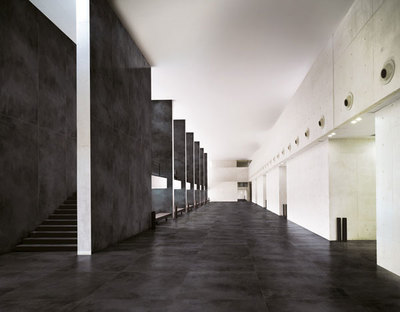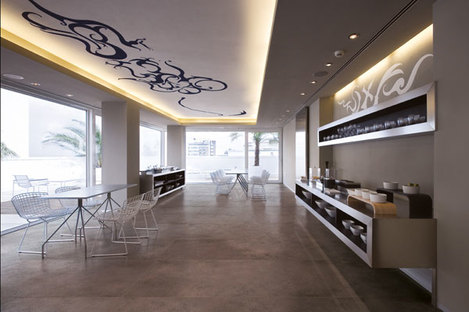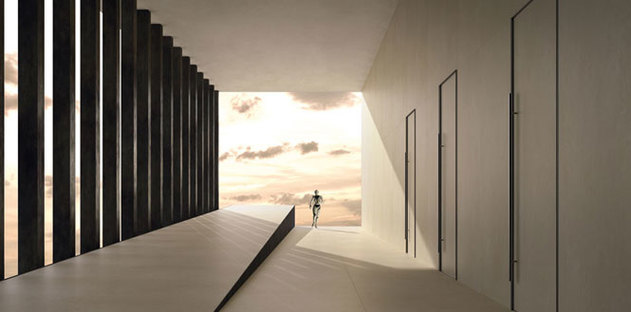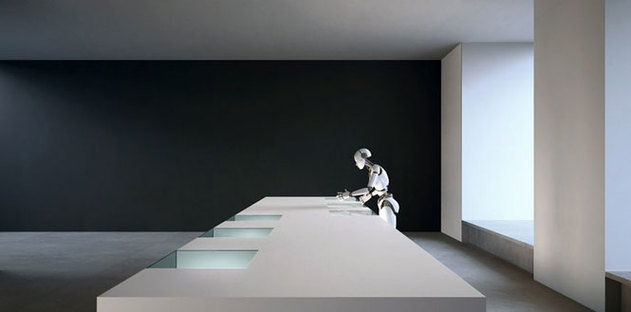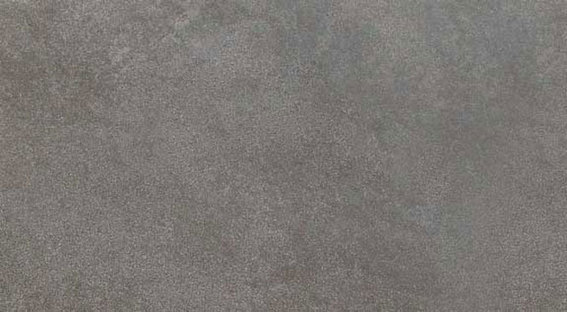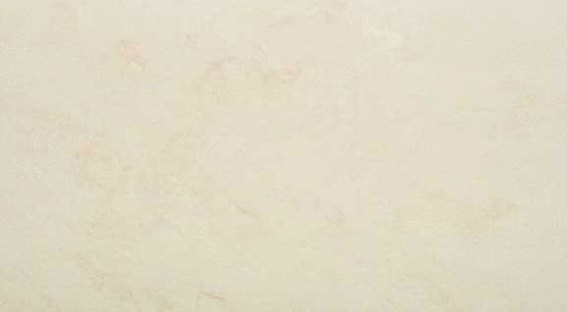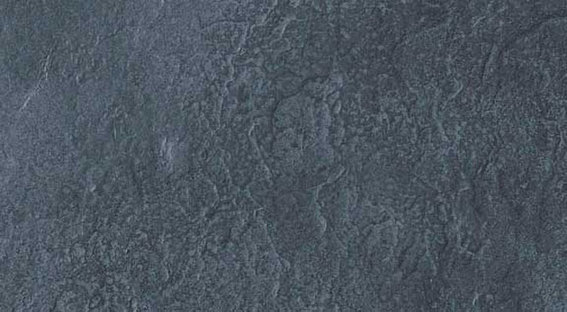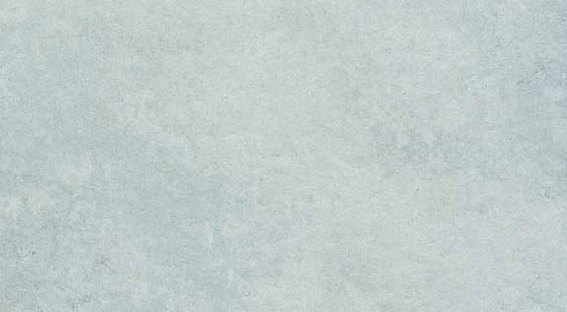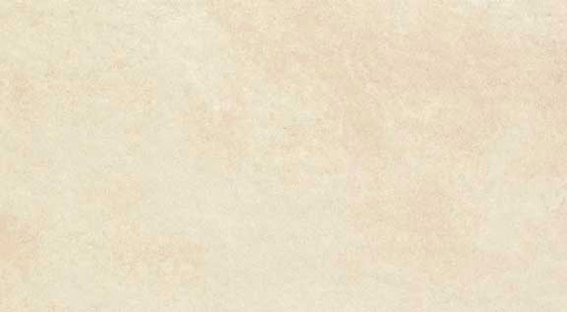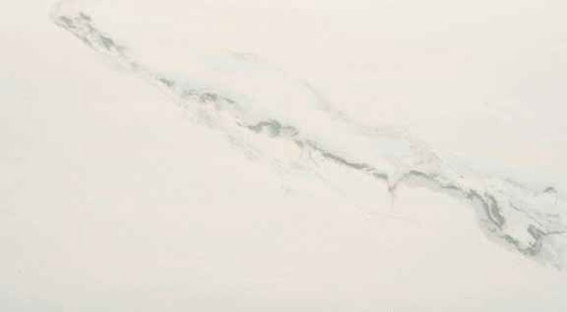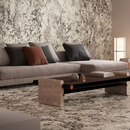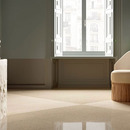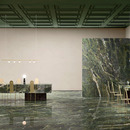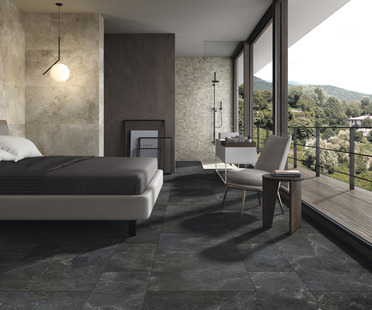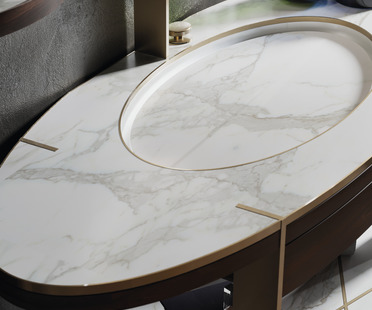10-11-2011
Maximum and Maxfine for architecture in progress
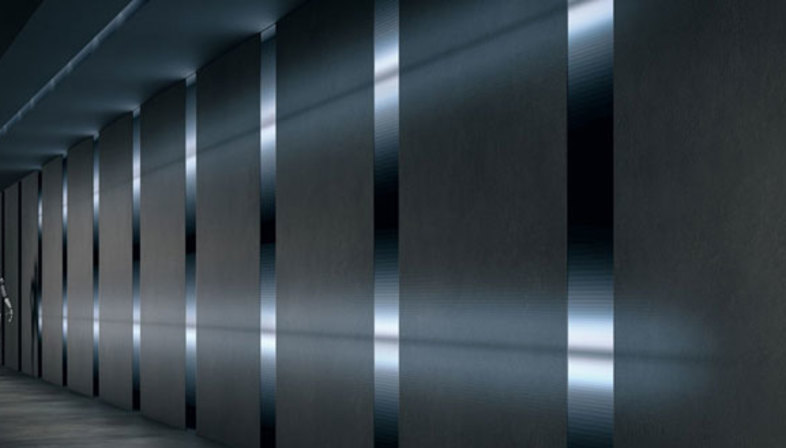

 Which came first, technological innovation or the form of the building? It's hard to say: each depends on the other. Would we have had the Crystal Palace and its innovative architectural composition if Joseph Paxton had not applied industrial production of components to the new building, influencing all architecture from the middle of the 19th century on? Paradoxically, one might also ask whether the works of Le Corbusier or Oscar Niemeyer could have existed without concrete. This is not the place for discussion of who deserves the credit for all these changes in the history of architecture, though we do know that the merit lies as much with the innovation itself as with the masterful skill of the architects who have experimented with it and used it. What is certain is that the new frontiers of technology applied to building materials play an active role in creation of new forms of architecture developed by the great masters of this discipline.
Which came first, technological innovation or the form of the building? It's hard to say: each depends on the other. Would we have had the Crystal Palace and its innovative architectural composition if Joseph Paxton had not applied industrial production of components to the new building, influencing all architecture from the middle of the 19th century on? Paradoxically, one might also ask whether the works of Le Corbusier or Oscar Niemeyer could have existed without concrete. This is not the place for discussion of who deserves the credit for all these changes in the history of architecture, though we do know that the merit lies as much with the innovation itself as with the masterful skill of the architects who have experimented with it and used it. What is certain is that the new frontiers of technology applied to building materials play an active role in creation of new forms of architecture developed by the great masters of this discipline.We find ourselves on this frontier at the moment with the public unveiling of new ceramic construction materials: GranitiFiandre's Maximum tiles and FMG Fabbrica Marmi e Graniti's Maxfine tiles.
Porcelain stoneware and its qualities have broken through the size barrier and are now available on the market in the new 300X150 cm size: a technical achievement that will certainly have a major impact on the forms of architecture. Architects are now free to think up façade and continuous cladding solutions without being restricted by the repetitiveness of standard units, thanks to the maxi size and its submultiples. With these new products, the living space interprets new compositional evocations, maintaining its relationship with man but completed by a wrapper that has no joints and is open to a new interpretation of the identity of ceramics.
Porcelain stoneware has not only reached this size, but done so with a thickness that varies from 6 to 3 mm, decreasing weight and adding elasticity to release the architect's imagination from the traditional horizontal and vertical applications; the tiles' flexibility will allow architects to create innovative dynamic forms from now on. The tiles' reduced thickness also stimulates the architect's creativity in that it permits exploitation of its ability to either block light or let it through, inspiring chiaroscuro effects to be developed and proposed in today's new living spaces.
Maximum and Maxfine ceramic tiles are also the starting point for unusual uses of ceramic materials such as creation of uninterrupted work surfaces, false ceilings with solid textures, dividers or space separators, encouraging designers to come up with new functions for the new formats. In short, materials are the primary source of inspiration for the next new chapter in the history of design. Interior decorators aided by the variety of surface finishes, inspired by brushed cement in hues of grey and beige and natural stone, will have a free hand for fresh new developments in interior decoration. The light weight of the tiles will even allow them to use these materials to bring the elegance of large ceramic tiles to yacht interiors or cruise ships.
These tiles may be laid anywhere, either dry or on ventilated façades, offering new inspiration for the architectural solutions which have been consolidated over the past few years.
PRODUCTS MENTIONED:
GranitiFiandre, Technical Ceramics for Residential and Commercial floors and walls
ASTER MAXIMUM, with its range of colours and sizes, is the new frontier in porcelain stoneware surfaces, enriched with a new design inspired by the brushed look of cement.
FMG Fabbrica Marmi e Graniti
MAXFINE is available in two thicknesses designed to expand the possible uses of today's porcelain stoneware: 3 mm for wall coverings and 6 mm for walls and floors, even in high traffic areas such as shopping centres and public passageways.
It opens up a new dimension for contemporary architecture in that it combines reduced thickness with large size to guarantee high technical performance with reduced loads on floor slabs and unparalleled aesthetic quality.










